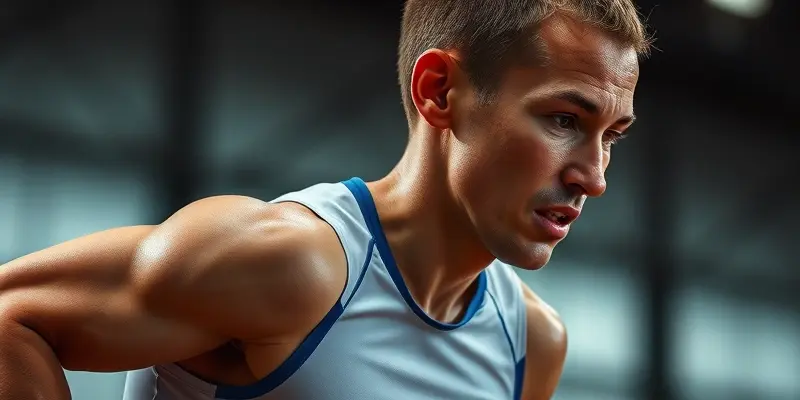In the world of fitness and sports, muscle recovery plays a crucial role in maintaining performance, preventing injuries, and sustaining a healthy lifestyle. Understanding the strategies for muscle regeneration, proper nutrition plans for healing, ways to prevent common sports injuries, tools for muscle repair, and the psychological aspects of recovery are essential for athletes and fitness enthusiasts at all levels. Let’s delve into the key components of muscle recovery and injury prevention to help you optimize your fitness journey.
Muscle Regeneration Strategies
Active Recovery Techniques
Engaging in low-intensity exercises post-workout can aid muscle repair and reduce soreness. Incorporating activities like walking, yoga, cycling, and foam rolling can promote circulation and flexibility, facilitating the recovery process. To learn more about effective recovery techniques, check out the blog post on injury recovery checklist.
Passive Recovery Techniques
Rest, sleep, and massages are vital elements of passive recovery. Adequate rest allows the body to naturally repair itself, while quality sleep promotes muscle growth. Massage therapy enhances circulation and reduces muscle soreness, aiding in faster recovery.
Nutrition Plans for Enhanced Healing
Key Nutrients
Protein, carbohydrates, healthy fats, fruits, vegetables, and whole grains are essential for supporting muscle repair and growth. A well-balanced diet with adequate hydration can provide the necessary energy for workouts and aid in the recovery process. For more information on nutrition for recovery, refer to the blog post on phosphatidylserine for recovery.
Tips for Nutrition Planning
Ensure your meals include a mix of protein, carbohydrates, and healthy fats. Avoid sugary and processed foods, as they can hinder recovery by causing inflammation. Hydrate adequately throughout the day to support your body’s recovery efforts.
Preventing Common Sports Injuries
Common Injuries
Muscle strains, sprains, tears, and overuse injuries are prevalent in sports and physical activities. Understanding the causes and symptoms of these injuries can help in prevention and early intervention.
Prevention Strategies
Prioritize warm-up and cool-down routines to prevent muscle strains. Gradually increase training intensity to avoid overuse injuries, and always use appropriate protective gear to reduce the risk of sprains and tears.
Tools and Gadgets for Muscle Repair
Recovery Technology
Explore tools like Normatec Boots and Infrared Therapy to enhance blood flow, reduce swelling, and promote healing. Monitoring gadgets such as heart rate monitors and fitness trackers can help track your recovery progress and optimize your training schedule.
Psychological Aspects of Recovery
Maintaining a positive mindset, setting realistic goals, seeking support from your community, and incorporating mindfulness and relaxation techniques are crucial for mental resilience during the recovery process. Stay motivated and focused on your journey to expedite the healing and regeneration of your muscles.
In conclusion, prioritizing muscle recovery and injury prevention is key to long-term fitness success. By integrating these strategies, nutrition plans, injury prevention techniques, and psychological support into your fitness routine, you can enhance your overall performance, prevent setbacks, and enjoy a sustainable and rewarding fitness journey. Stay committed to your well-being, and empower your body to conquer new fitness heights.

